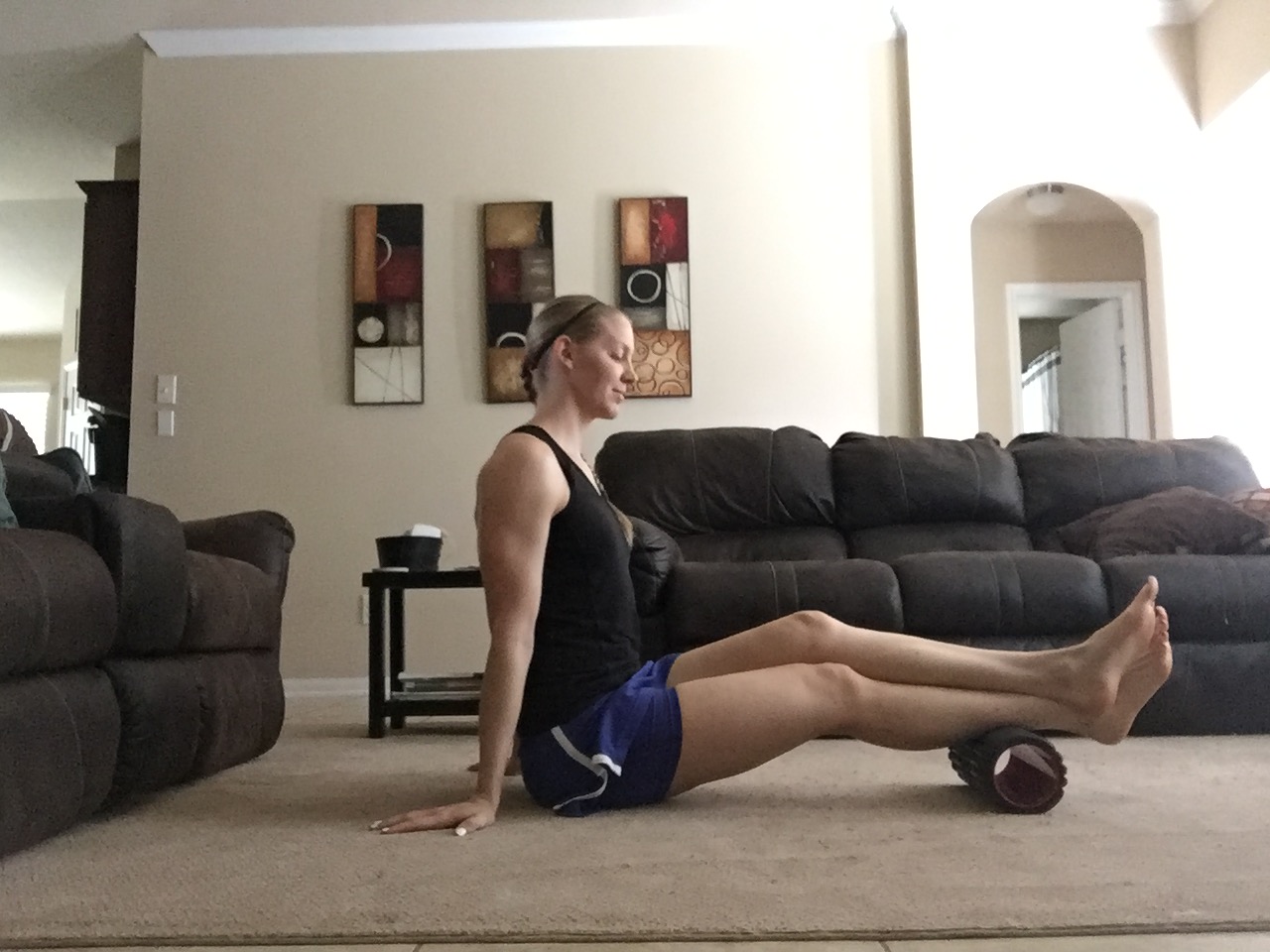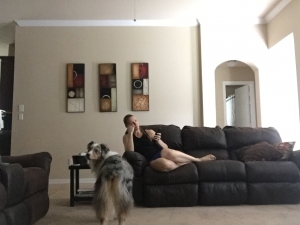What do you do when you’re not at the gym? Does it look a bit like the photo above? Or do you go the opposite end of the spectrum and attend other fitness classes on your off-days? What should you do when you’re not at the gym doing your strength training sessions? This is a question we get asked all the time so I thought it would be worth writing a blog to give you a thorough answer.
There is no one-size-fits-all approach to non-training days. Everyone is different! Today, I’ll give you a few different answers based on where you are in your training journey. Everyone is different, so give this a read and think about how this relates to your current situation and how you might be able to improve your health and fitness outside of the gym! Try to make movement as fun as possible and think outside the box. Any and every movement counts!
The question: What should I do on days I’m not strength training?*
*Other variations of this question: Should I run when I’m not at The Train Station for workouts? How about HIIT classes? What do you think about yoga/pilates/etc.- is that a good off day activity? Should I do something every day? Do I need to do anything at all between workouts?
The answer: It depends.
If you already take a variety of exercise classes or enjoy runs/walks on the weekend, keep it up!
The hardest part of adopting an exercise routine is maintaining it, so I usually encourage new clients to just work on making their appointments consistently as their main goal before also adding another new exercise habit to their routine. While there are many variables and moving parts for each individual, here are a few simple considerations to help you figure out what to do outside of your strength training workouts:
Anyone can start here:
Make sure you’re taking care of getting plenty of quality sleep (at least 7 hours!) and that you’re eating nutrient-dense foods (lots of different colored veggies, lean protein, non-processed carbs, and healthy fats). Without doing these first, you might not see the results you’re looking for. If sleep and nutrition could use some work, then this is a GREAT place to start. Now, I’m not saying that you can’t ever add anything extra until you master these two- just pay attention to what your body is telling you. If you only sleep 5 hours a night and are so exhausted that you can hardly make it through a workout, you’re likely not going to get the results that you’re after. Adding additional workouts in that case doesn’t make much sense. Really be honest about what your body is telling you and let that be your #1 guide. Of course, you can always ask your trainer for some guidance as well!
For clients who are new to exercise (have been consistently lifting weights for less than 2 months):
-A great first place to start is to track how many steps you get per day. See what your daily average is after tracking for a week and set your steps goal based on that number by adding 250-500 steps to your average. For example, if on average you get 7,000 steps per day, shoot for 7,250 or 7,500 a day initially to give you a slight increase in daily activity. Once you reach that number consistently, increase by another 250-500 steps until you get to a number that feels challenging but doable on most days!
-In addition, it is helpful to track how long you are sitting for any one period of time. If you notice that you’re sitting for longer than 30 minutes to an hour at a time, it might be a great goal to break up that sitting time throughout the day.**
**See this blog for some ideas on how to improve your movement during your work day!
For clients who have been exercising regularly (2 to 6 months of consistently lifting weights at the studio):
It’s also appropriate at this stage to track daily movement to be sure you’re active throughout your whole day, and not just at the gym. Additionally, it might be time to start adding in other challenges to complement your workouts at the gym. Think about the types of activities you enjoy that get you moving and commit to adding one extra class, walk, run, bike ride, etc. each week. Try not to take on too much too soon so that your body can adapt to the extra demands you’ll be placing on it.
Here’s an example of what that might look like:
- Monday: Weights
- Tuesday: Pilates Class
- Wednesday: Weights
- Thursday: Off
- Friday: Off
- Saturday: Cardio Class with Dolores
- Sunday: Leisurely walk at the park
For seasoned clients (6 months of consistently lifting weights at the studio):
It might be time to up the ante if you’re feeling like you’d like another challenge to help you take your results to the next level! This is the time to think about adding 1-2 days of High Intensity Interval Training into the mix. The great news is that you don’t have to do HIIT training for a long period of time in order to see the best results. An important consideration for HIIT training is taking a day off afterwards or participate in very light activity so that your body can recover.
Here’s an example of what that might look like:
- Monday: Weights
- Tuesday: Light walk/jog in the park
- Wednesday: Weights
- Thursday: HIIT
- Friday: Off
- Saturday: HIIT class
- Sunday: Off
It’s your turn! Apply what you’ve learned today:
- Take a look at the list and think about which example applies to your training background and interests. How do your sleep and nutrition look?
- Pick a starting place and get after it! Remember to start small and gradually add more activity in as you decide that you want to and that you feel you are able to.
As I mentioned earlier, your trainer is a great resource because they likely know a little bit about where you are in your training and can help guide you to choose a path that’s right for you. Don’t be afraid to ask!
Have a wonderful weekend!



Leave A Comment